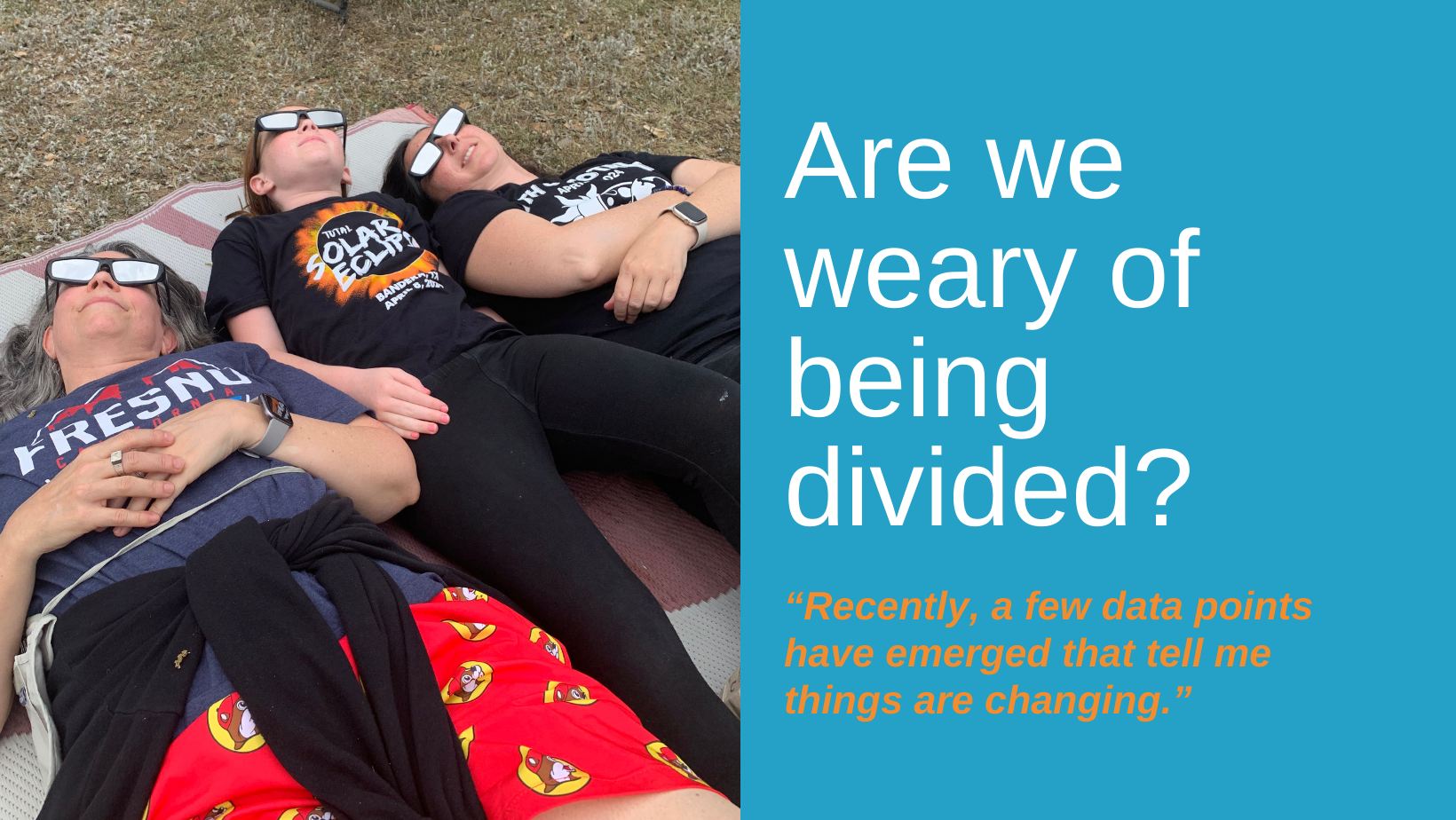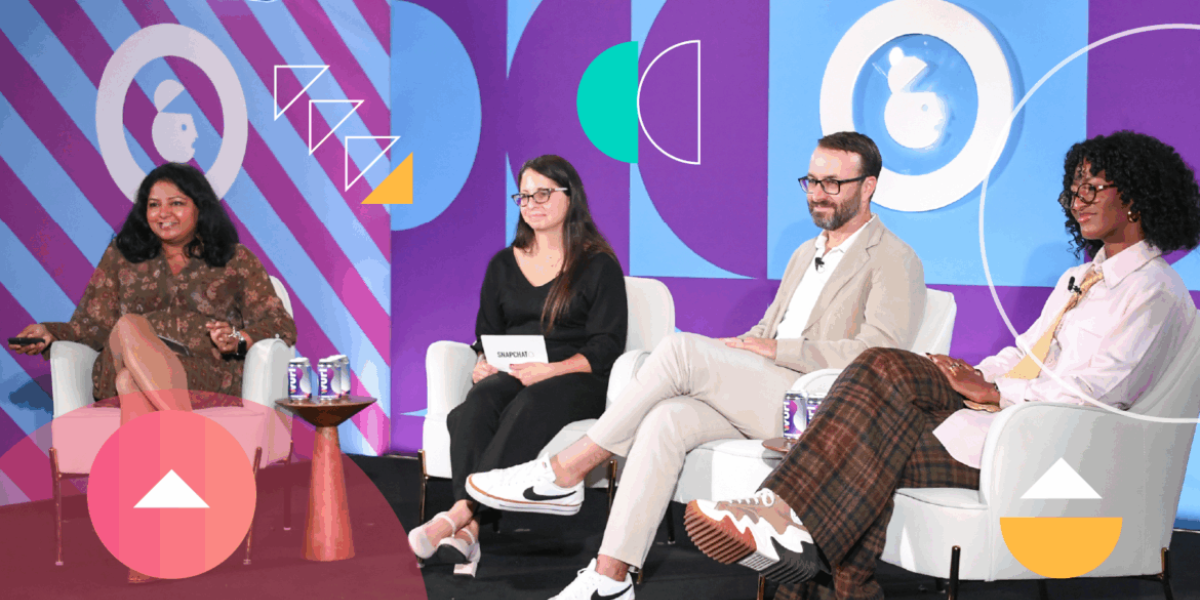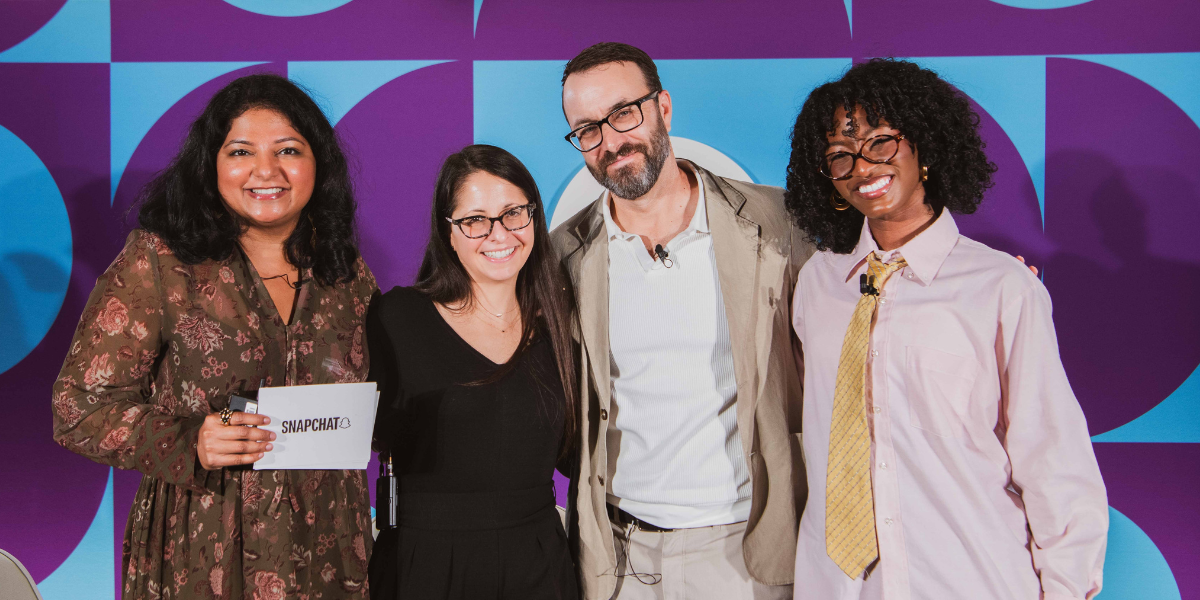
Is American sentiment shifting again?
Our CSO Devora Rogers recently shared this article on LinkedIn and it is worth a read by everyone seeking connection and unity!
As researchers we are trained to develop questions and hypotheses. We then apply those questions with consumers and when we look at the data that comes back, we look for what connects groups, what large numbers of people share in common and what pulls us apart, or where there are meaningful differences.
For the past several years, I have been applying that same process to understanding what’s happening in the US as we have gone through what has felt like a deeply polarizing time. I have looked for data and evidence, have developed hypotheses, have argued with friends, and have remained both frustrated and curious about what is occurring among our populace.
Recently, a few data points have emerged that tell me things are changing.
In the country music world, an arena that’s been known as the soundtrack for conservative America, we saw a number of surprising turns of events recently. Beyoncé, the queen of femme pop, made history early this year when her song “Texas Hold ‘Em” made the top of the Billboard country charts. She is the first black woman to ever hold this position. Tracy Chapman and Luke Combs’ performance of “Fast Car” at the 2024 Grammys captured hearts (and had folks in tears) across the country. Combs’ cover of her original song made its way to number one on the Country Songwriters chart, more than 30 years after her original made #6 on the Billboard Hot 100 in 1988. Then, on June 1, Shaboozey released his second album. The Nigerian American artist, who was also featured on Beyonce’s album, watched as his blend of country and hip hop soared to the top of the country charts. His song, “Bar Song (Tipsy)” earned him and Beyonce a new record – as the first time two black musicians have topped the charts consecutively.
This all comes after a summer where many of us traveled to see the eclipse, in a history-making swath of totality that covered the continent from southern Texas to northern Vermont. What it felt like then, and what has stayed with me since, are these collective moments of awe, a country-wide, 150-million-person exhale. It was a moment where many of us decided to take the day off of work, be with friends and family, go to places we might otherwise not go to, and all enjoy something bigger than ourselves. Turns out, we all wanted to experience something in kind.
Am I reading too much into these small victories? Being overly generous? Perhaps. But I’m not the only one who feels this overwhelming sense of weariness at the lack of unity in this country. As a market researcher, I turn to the data. A 2023 Time Magazine article cites a study by the organization More In Common, which showed that 67% of people are tired of division. “We want peace in our families, calm in our communities, and unity in America. If you’re one of them, you are part of a vast majority of your fellow Americans.”
Politics, which is perhaps the most dividing issue we face as a nation, tend to be the focus of most studies on this issue. An earlier 2022 poll by Starts with Us, indicated that even more people wanted to stop the political division plaguing our nation (87%). A more recent study by Pew Research Center showed that “65% say they always or often feel exhausted when thinking about politics.” The Carnegie Endowment for International Peace found that the polarization we’re being told is happening by our “unhealthy media landscape” is not actually reflected by individuals – people actually desire greater unity.
We found this in our own research about the often-polarizing issue of guns. In a study we conducted with Brady and The Gun Safety Alliance, we found that a large majority of both gun owners and non-gun owners agree on critical issues surrounding gun safety. More than nine in 10 gun owners and non-owners (nine in 10!) agree that gun safety is the responsibility of all gun owners. Sixty percent of gun owners and 77% of non-owners view gun violence in the U.S. as extremely or very serious. Gun owners generally agree that gun safety training and programs can prevent accidents and improve safety. In addition, more than half of non-gun owners (61%) and nearly half of gun owners (44%) would support well-known companies taking a stand on decreasing gun violence. Complete results of the study were published and publicized in a 2023 white paper entitled “Responsibility as Common Ground.”
Our other research has found the same trends. During many of the studies we conduct, we ask a series of questions surrounding political leanings, values and bipolar statements. Often, we find that the majority of individuals fall into the moderate categories, rather than the extreme right or left. For example, in the study above, we found that 64% identify as moderate. In addition, over half (53%) said they actively put the well-being of co-workers and neighbors ahead of their own.
So why does the media and advertising landscape continue to feed this myth of division? In today’s attention economy, each person’s focus is being drawn in all directions. Matthew Crawford, author and senior fellow at the University of Virginia’s Institute for Advanced Studies in Culture, wrote “Attention is a resource—a person has only so much of it.” This reality means that advertisers are spending their dollars in the places that are capturing the most attention – and those places tend to be divisive. People are going to these places so they can become outraged, in a way, seeking out drama for a hit of dopamine.
But our research, and many other secondary research sources, show that people want connection. They want to find things to bridge the gap between others who may appear to be at odds with them. Given this, brands need to think strategically about where they’re putting their advertising dollars, and where they are finding their consumers.
Here’s what the data tells us: We care about each other. We care about doing right in the world. We care about reducing violence and protecting our children. We want to enjoy our lives and be healthy and happy. We’re worried about the environment. Except for a small vocal minority, we believe diversity makes us better and many of us are increasingly sensitive to others who may not be like us – whether it is skin color, gender, neurodivergence, sexual orientation and even political leanings. For the most part, the research supports these beliefs. And we want brands to support them as well – standing up, authentically, for the things that matter. The way forward is for brands and marketers and researchers to listen. And the way you listen at scale, of course, is through the right kind of consumer research among humans (sorry, synthetic respondent fans, you’re not gonna cut it).
I believe there’s a whole lot less dividing us than there is connecting us. If you need further proof, go listen to Shaboozey’s history making album, “Where I’ve been, Isn’t Where I’m going” and see if it moves you the way it has local bars filled with diverse, joyful audiences singing at the top of their lungs in shared humanity. More of that please.
Thought Leadership Updates
Get updates in your email.






